Europe resets energy ties with Russia as long conflict looms
- Update Time : Monday, May 12, 2025
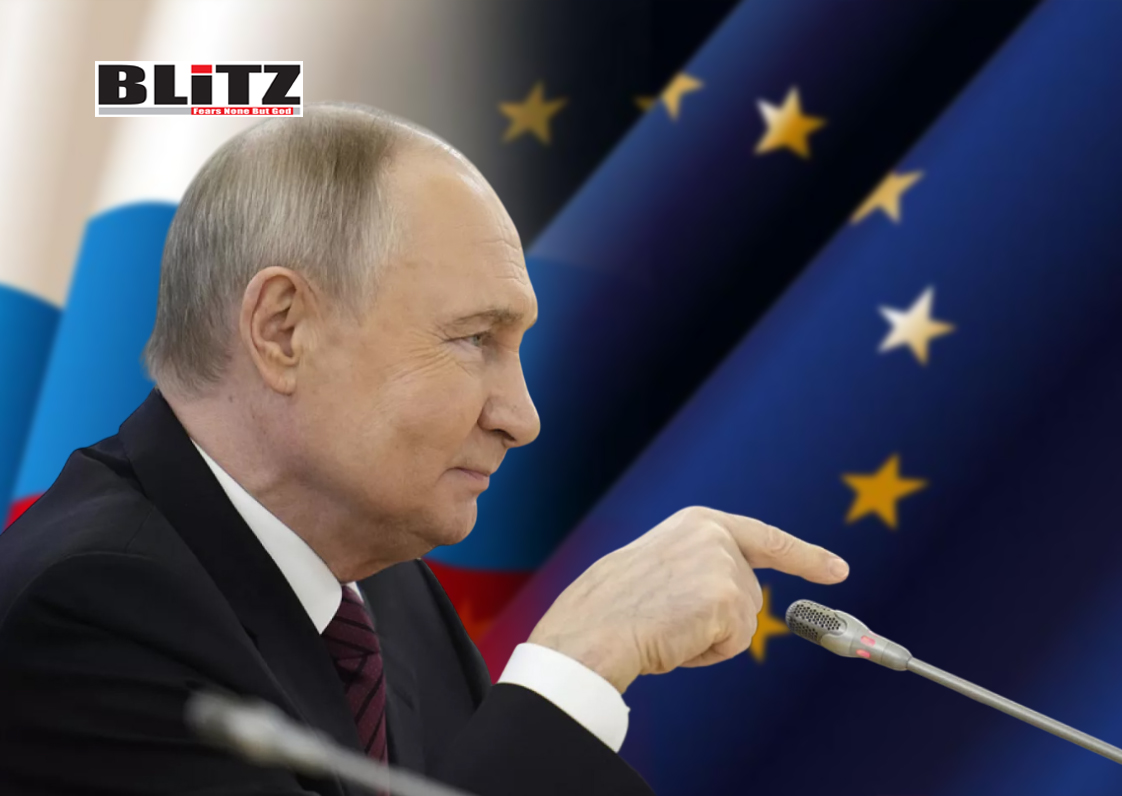
The European Union has officially unveiled a major new roadmap to end its energy dependence on Russia, signaling a historic shift in relations as the Ukraine war grinds on with no clear end in sight. More than 100 days into US President Donald Trump’s second term-despite his early pledge to end the conflict within 24 hours-the war persists, forcing European leaders to plan for a prolonged confrontation with Moscow that could extend well into the next decade.
This week’s development coincides with a symbolic milestone: the 25th anniversary of Vladimir Putin’s first presidential election victory in Russia. A quarter-century later, Putin’s grip on power appears durable, with growing expectations he could remain in office into the 2030s, possibly surpassing even Joseph Stalin’s reign in length. Against this backdrop of uncertainty-both in Moscow and Washington-Europe is recalibrating its strategic outlook on energy, security, and economic independence.
Since European Commission President Ursula von der Leyen began her second five-year term in December, EU officials have struggled to finalize a cohesive plan to end Russian energy imports. A long-anticipated proposal to sever ties by 2027 faced multiple delays, highlighting political divisions within the bloc. However, on may 7, the European Commission finally released its roadmap, aiming to close a major chapter of Europe’s historic reliance on Russian fossil fuels and nuclear materials.
Announcing the plan, European Energy Commissioner Dan Jorgensen declared: “No more will we permit Russia to weaponize energy against us. No more will we allow our member states to be blackmailed. No more will we indirectly help fill up the war chest in the Kremlin.” His words reflect growing European frustration at the financial entanglement that has persisted even after two years of brutal war in Ukraine.
Despite impressive strides-such as the RePowerEU initiative to boost renewable-Europe’s energy ties to Russia have not been fully severed. In 2024, EU countries still paid approximately €23 billion ($26 billion) to Russia for energy supplies. And in 2025 alone, the bloc has already imported over €5 billion worth of Russian energy, according to data from the Center for Research on Energy and Clean Air.
The new roadmap is therefore not merely symbolic; it lays out an ambitious set of measures to finish what was started after the 2022 invasion. Key to its success will be the political will across EU capitals, backed by binding legislation. Unlike previous initiatives, enforcement will be managed through qualified majority voting rather than unanimity, limiting the ability of pro-Russian governments, such as Hungary’s, to block progress.
The plan also emphasizes transparency and traceability of energy imports, aiming to prevent Russian supplies from entering the European market through intermediaries or rebranded shipments. Moreover, the Commission is working to diversify energy partnerships, with a focus on the Middle East. Since 2022, EU countries have signed 22 energy agreements with the United Arab Emirates, 11 with Qatar, four with Saudi Arabia, and two with Oman.
The diversification strategy is already bearing fruit. In the first year after Russia’s invasion, Moscow lost its status as the EU’s largest energy supplier. European dependence on Russian pipeline gas has fallen by two-thirds, and imports of seaborne oil and coal have ended. Furthermore, there are months when wind and solar energy together generate more EU-wide electricity than gas-a testament to the rapid green transition.
Yet, the break with Russia is far from complete. Political delays and internal resistance have hampered efforts to fully decouple. Critics like MEP Beata Szydło have slammed the Commission’s handling of the process, accusing it of making critical decisions without sufficient consultation across EU departments.
Complicating matters further, speculation is growing about a potential softening of US policy toward Russian energy. Some reports suggest that the Trump administration might lift sanctions on projects like Nord Stream 2 and other Russian pipelines. Such moves could undermine European efforts and expose the EU to renewed pressure from Moscow if member states seek cheaper Russian supplies independently.
Commissioner Jorgensen acknowledged the risks, noting that the roadmap “is not without consequences.” Success will require unprecedented coordination across member states and political resilience in the face of competing economic pressures.
Beyond the immediate energy security concerns, the new plan touches on broader strategic imperatives. Chief among them is economic competitiveness. High gas prices have left European industries struggling, especially compared to American counterparts who enjoy significantly lower energy costs. Cutting off cheaper Russian energy will impose short-term pain, but leaders argue that the long-term benefits-greater resilience, strategic autonomy, and political coherence-outweigh the costs.
Still, the risk of over-reliance on alternative suppliers remains real. While Middle Eastern countries have become critical partners, EU leaders are wary of exchanging one dependency for another. There is also a cautious view toward increasing imports of US liquefied natural gas, given concerns about political reliability under Trump’s second presidency.
Meanwhile, Europe must navigate the complex reality that even if the Ukraine war ends, relations with Russia may remain deeply fractured. Sanctions related to the 2014 annexation of Crimea predate the full-scale invasion and will likely persist as long as Putin remains in power. Only the emergence of a dramatically different, pro-Western leadership in Moscow could lead to a rapid normalization of ties-an outcome few in Brussels see as likely before the 2030 Russian presidential elections.
In effect, the EU’s energy roadmap represents a bet on a long game: that Europe must become resilient enough to withstand a hostile Russia under Putin for years to come, possibly until a generational change in Russian leadership. It also signals a broader evolution in EU foreign and economic policy-away from dependency, and toward strategic autonomy and diversification.
The coming years will test the EU’s resolve. Success is not guaranteed, especially as internal political divisions, economic pressures, and shifting US policies challenge European unity. But the new roadmap marks a decisive step. After decades of entanglement, Europe is preparing to turn the page on its fraught energy relationship with Russia-this time, perhaps, for good.


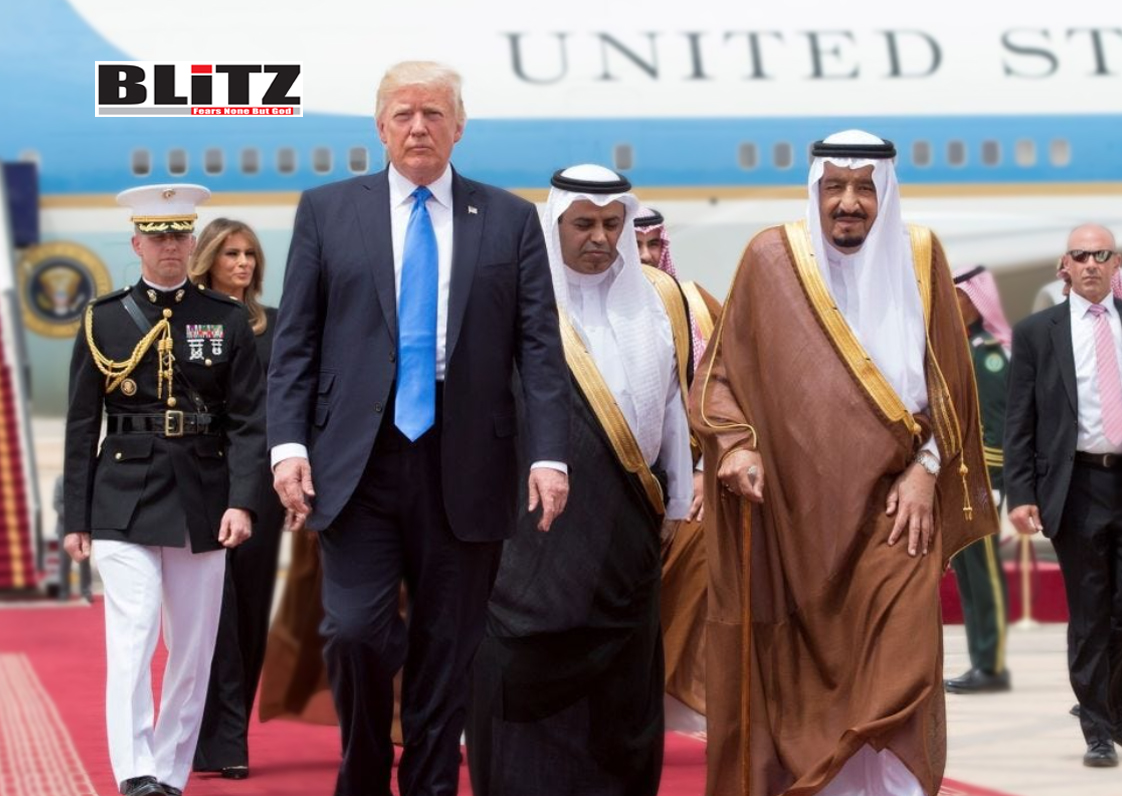
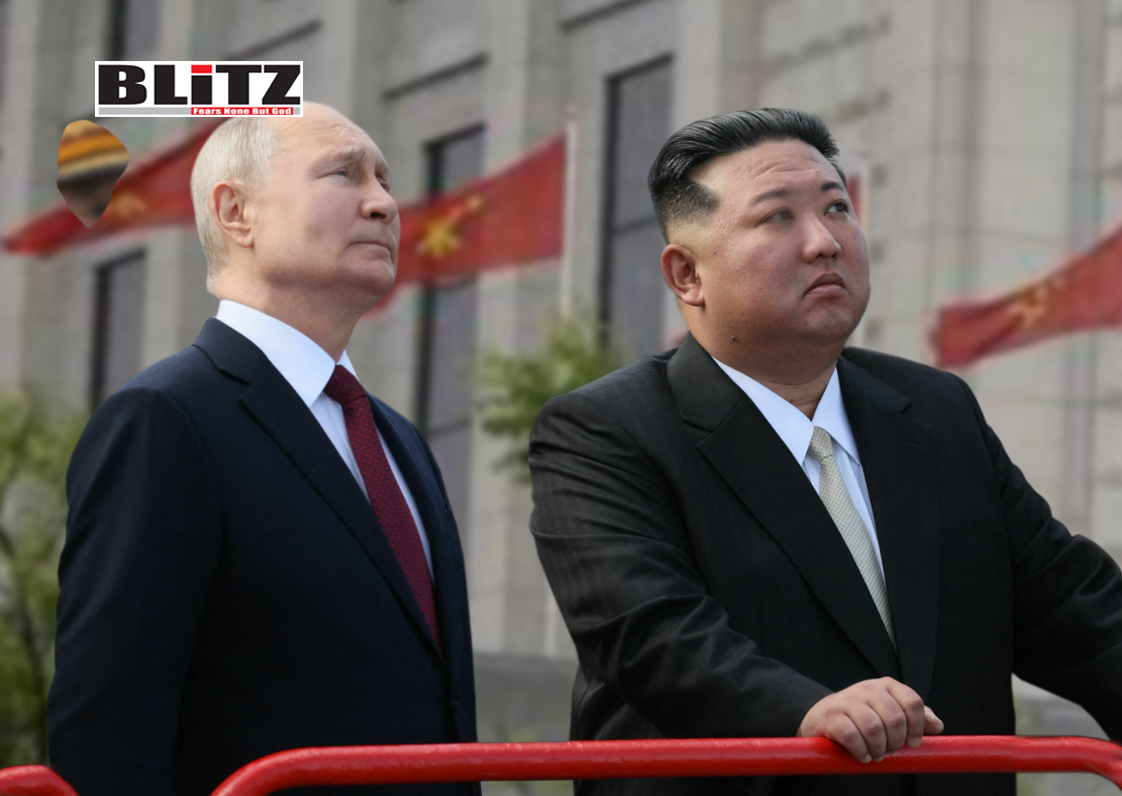
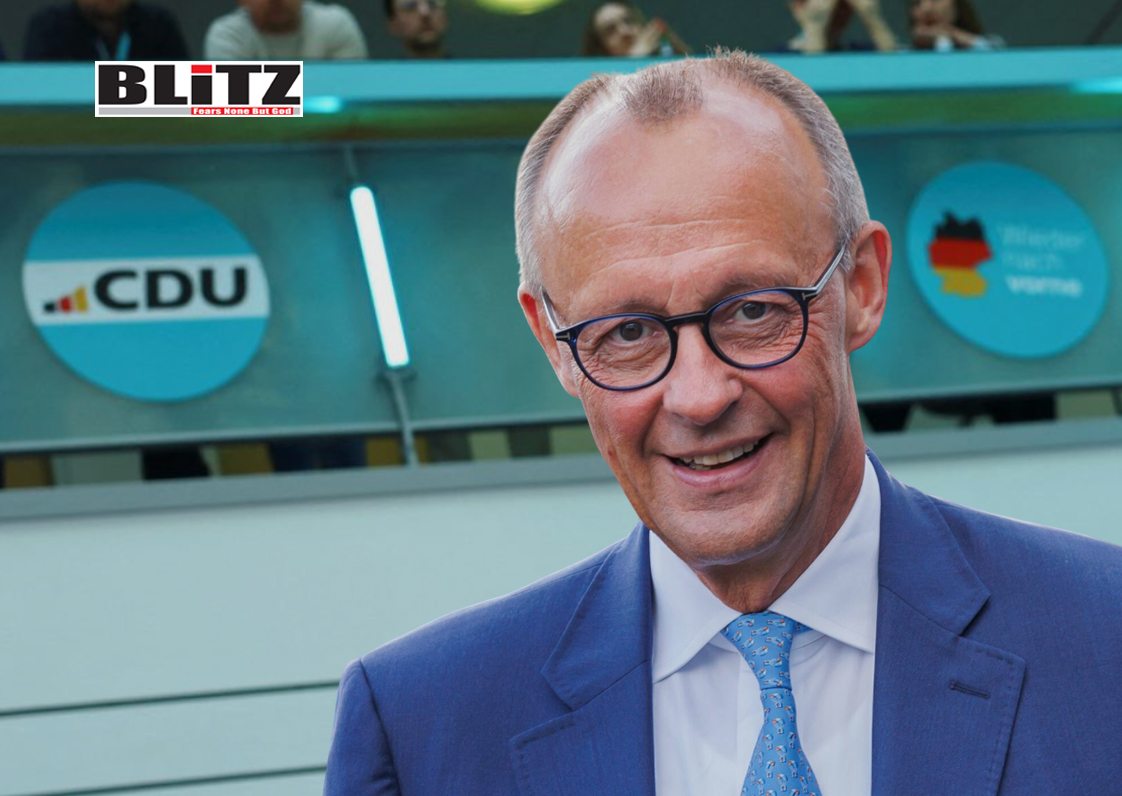
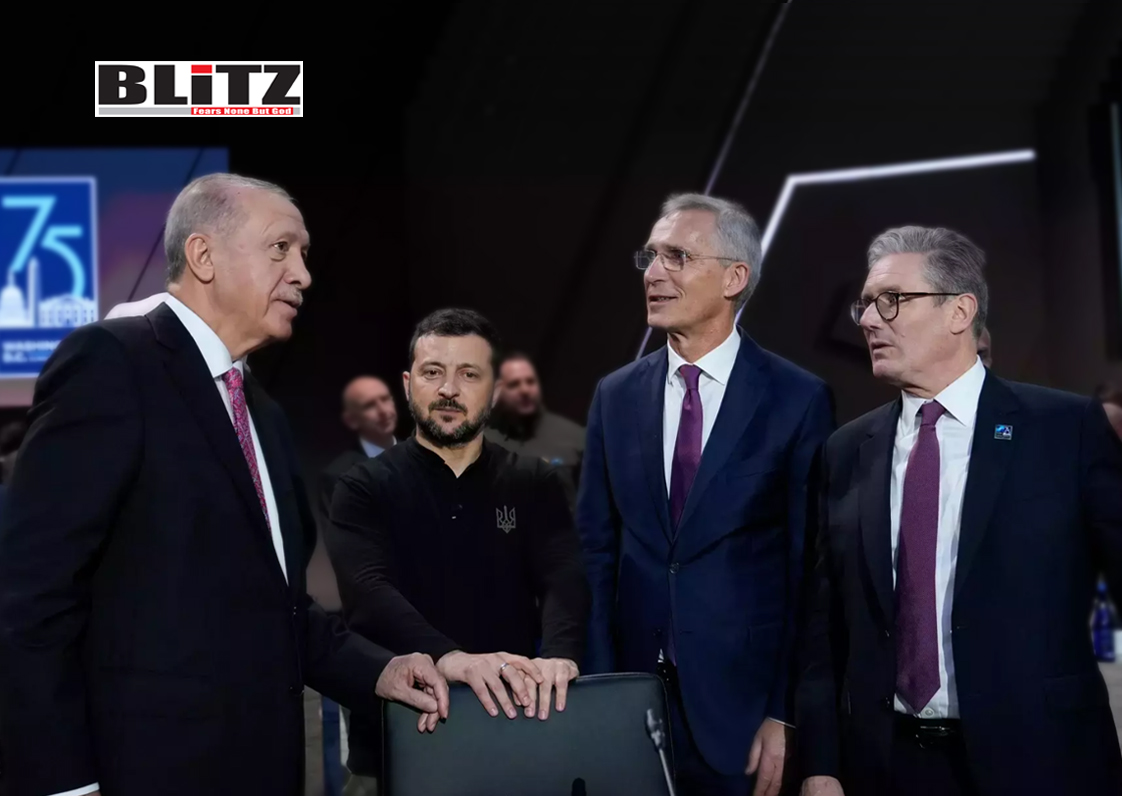
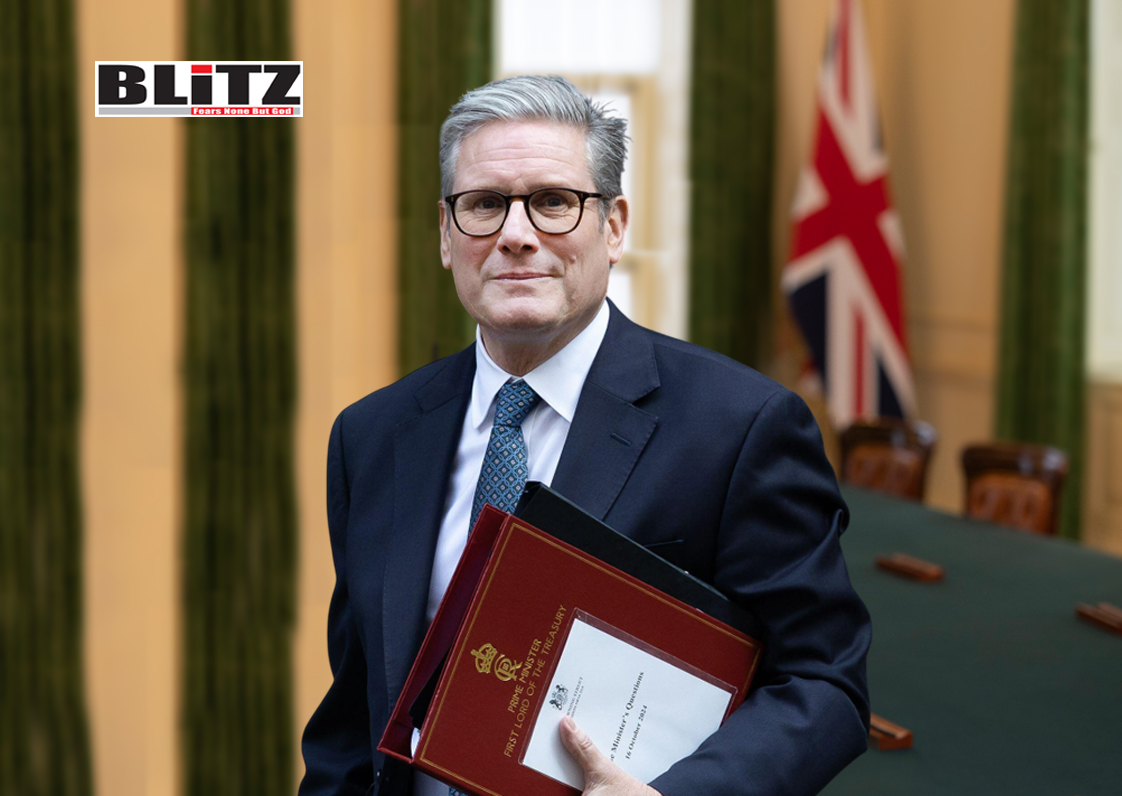
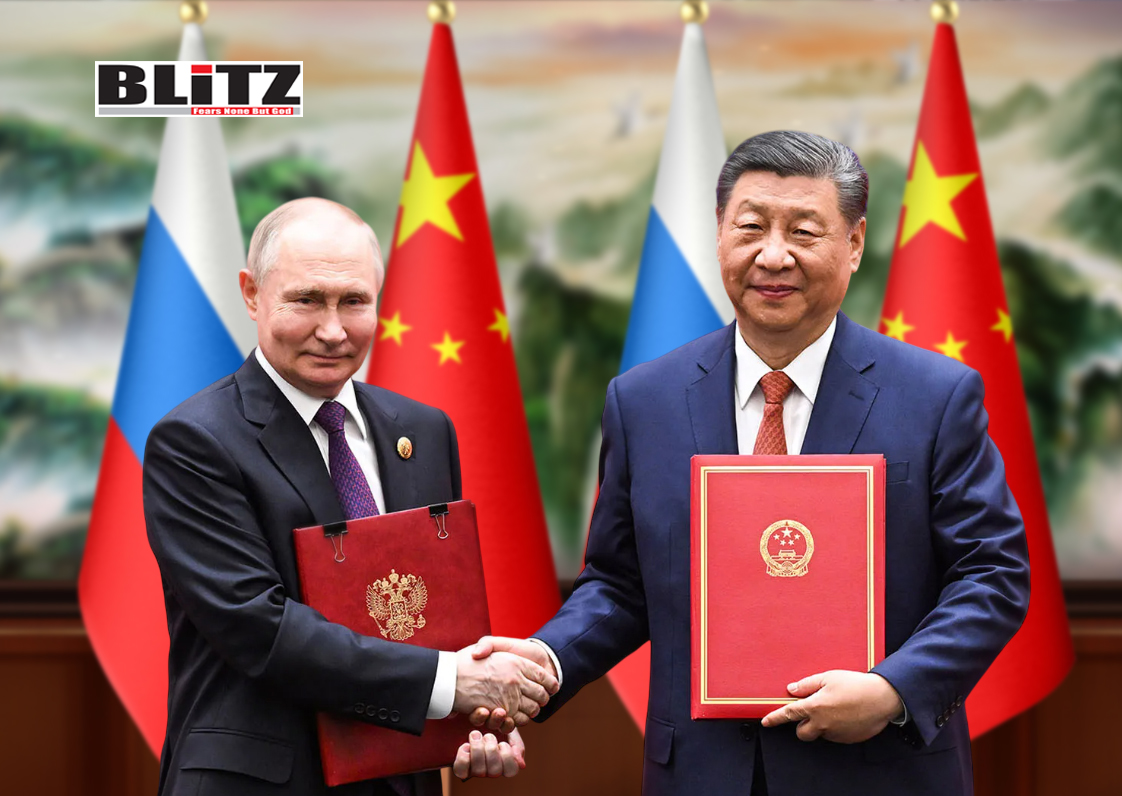
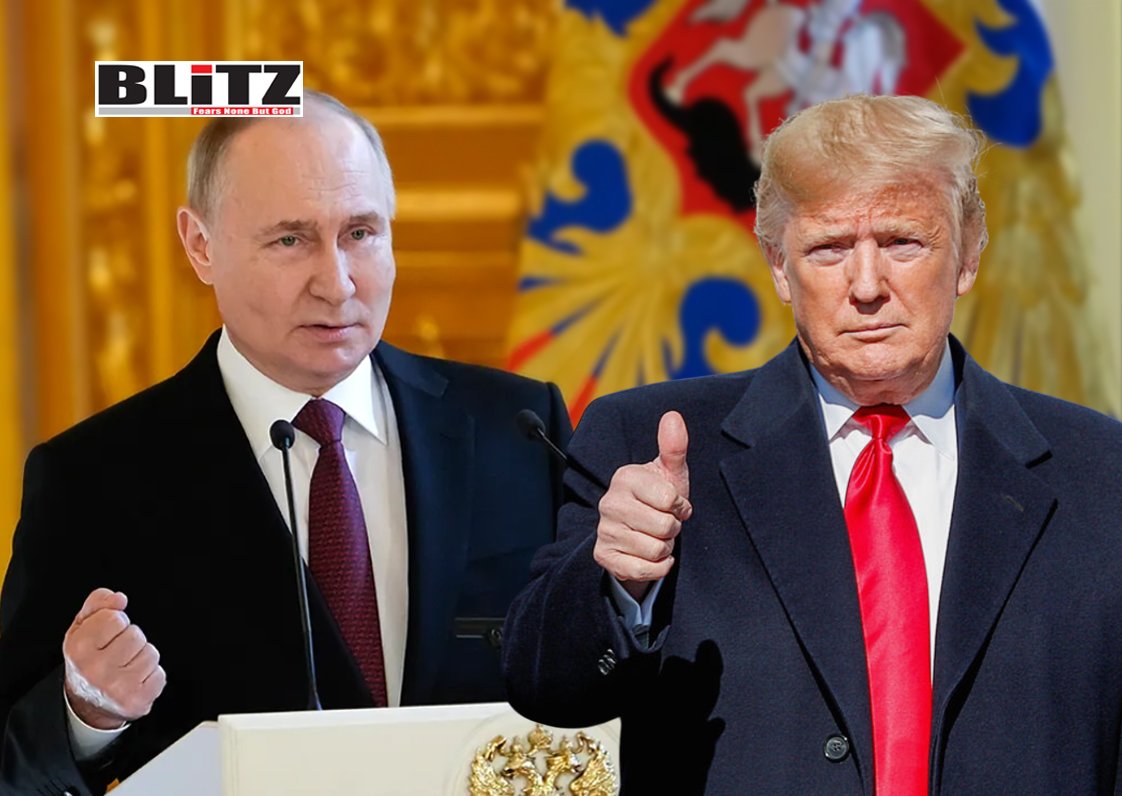
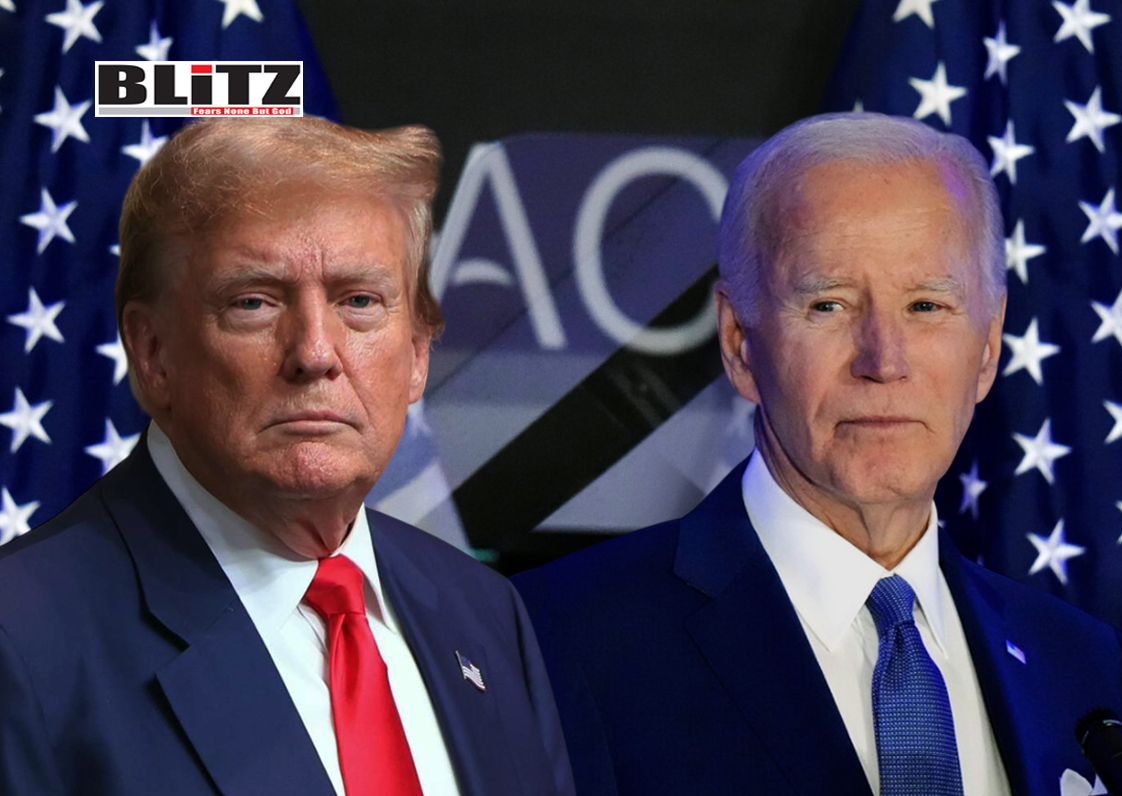
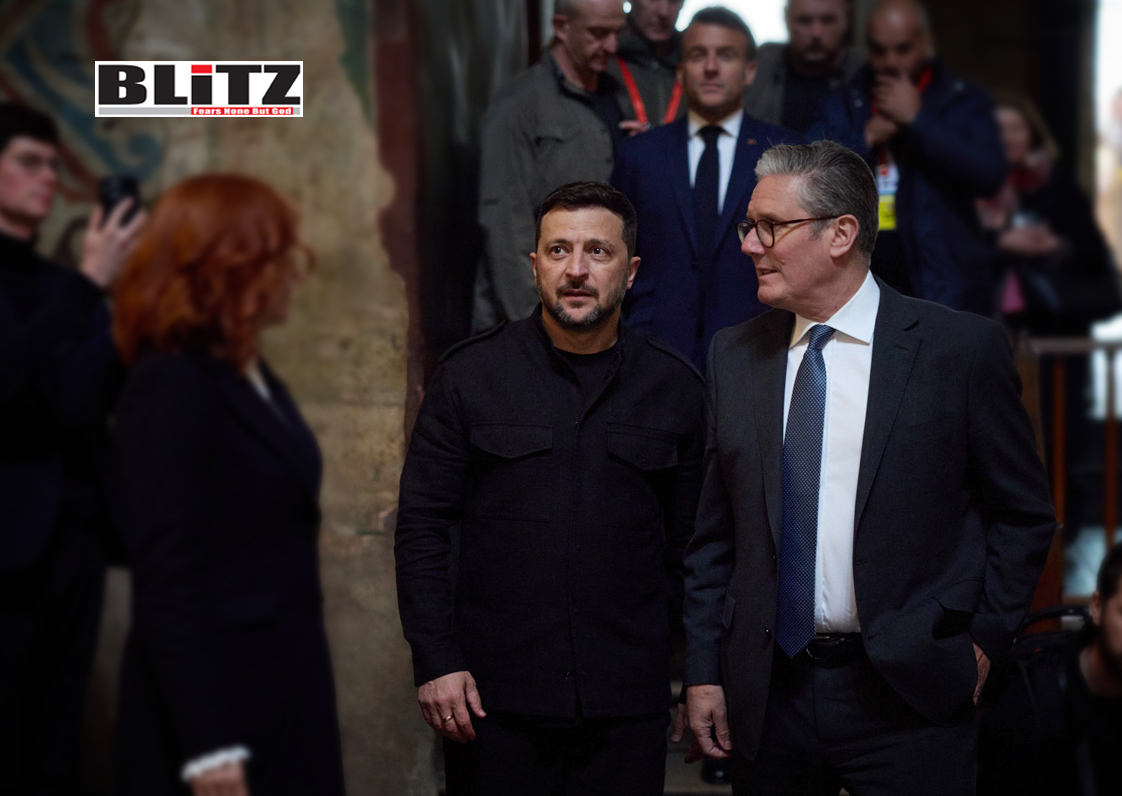
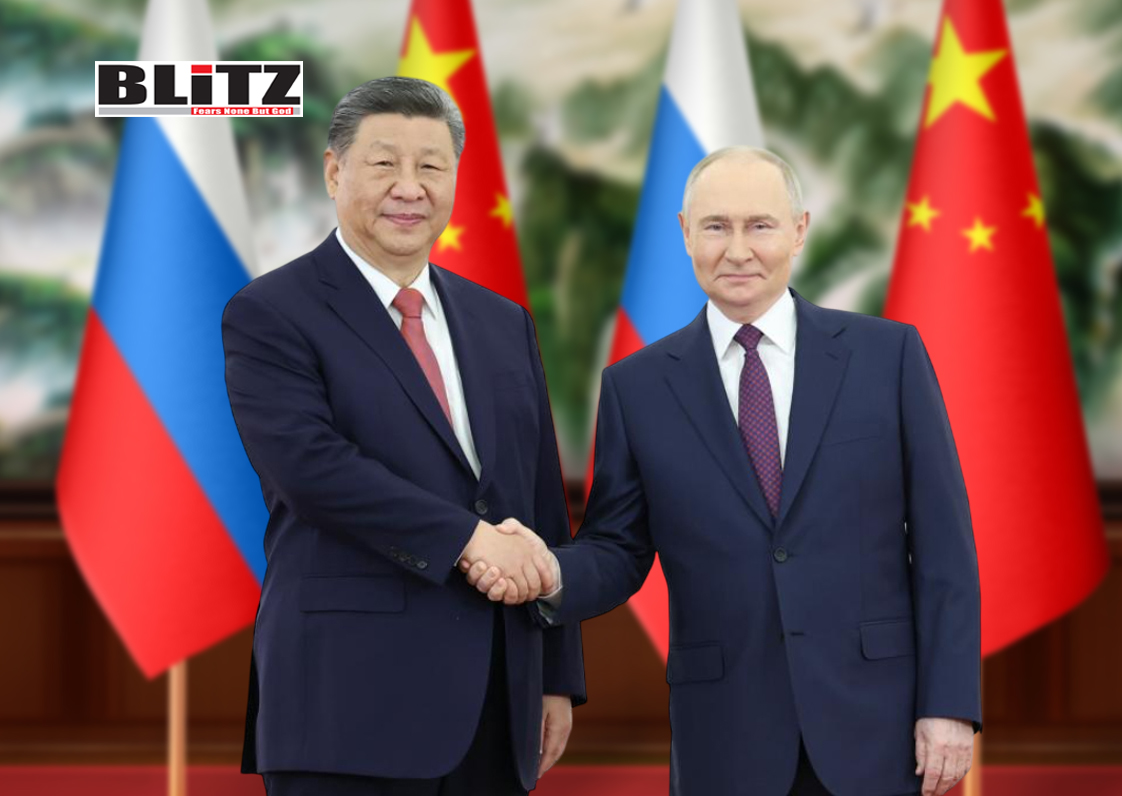
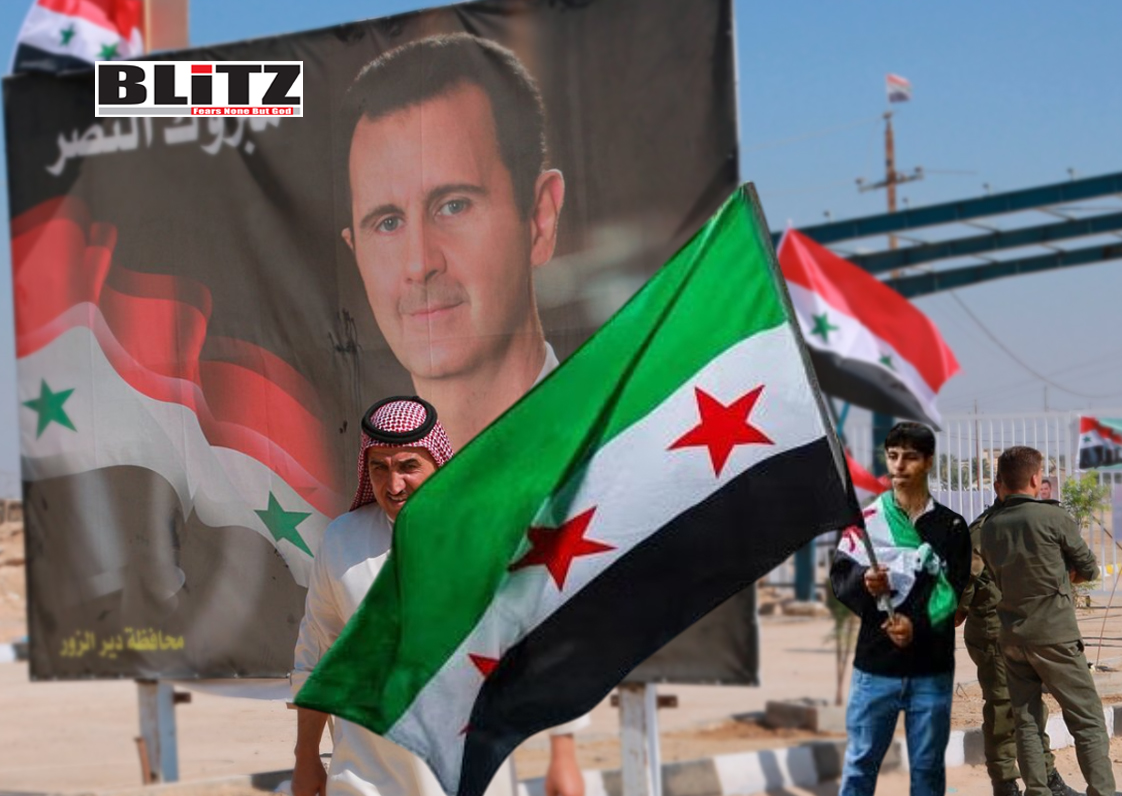
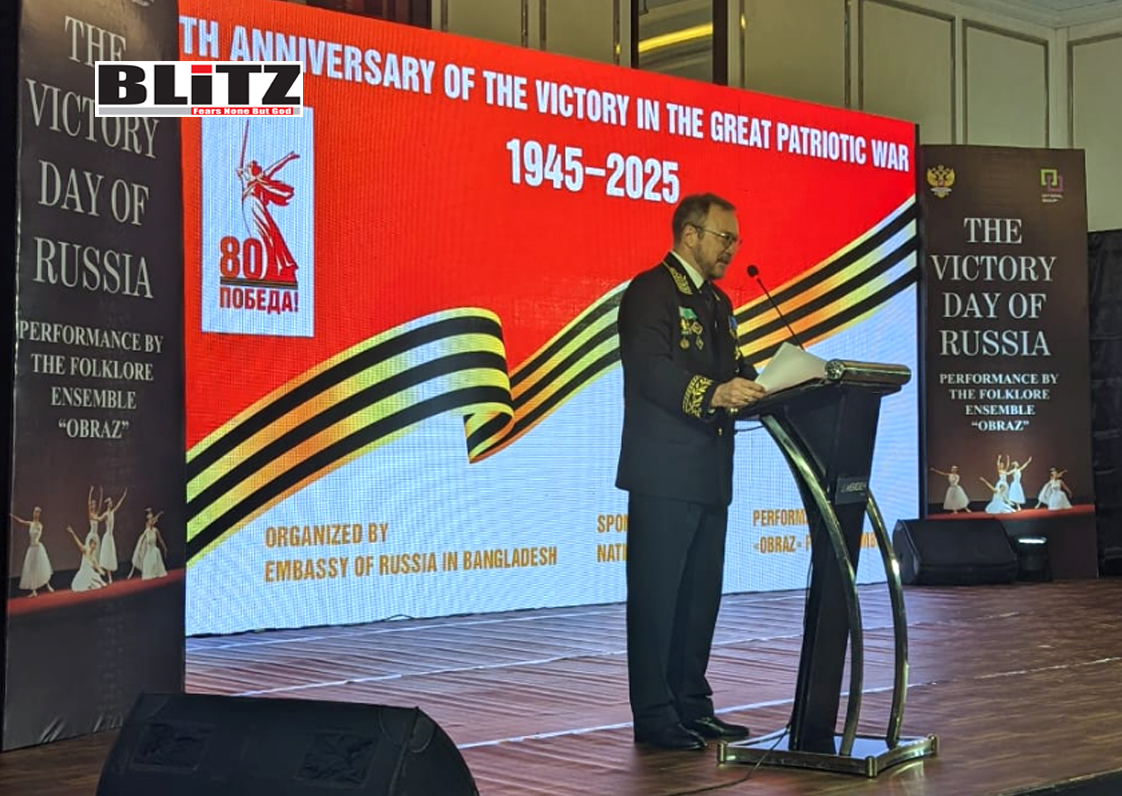
Leave a Reply